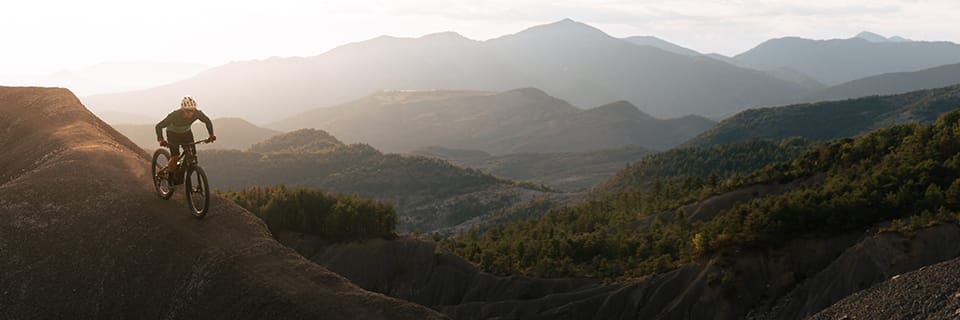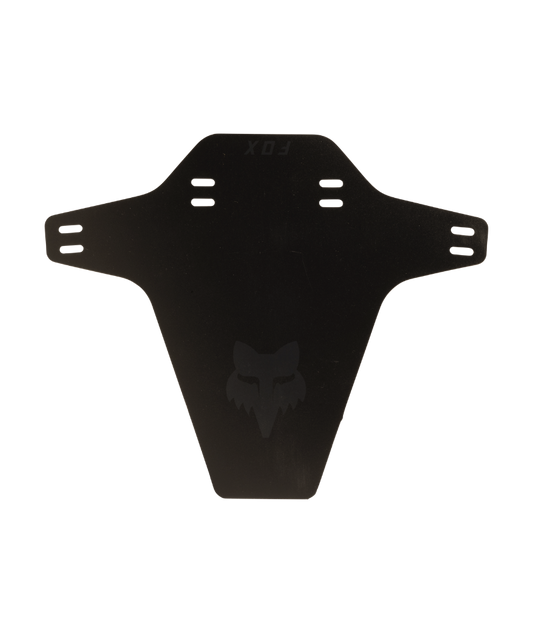Cycling in wet or even rainy weather requires a little preparation. To protect yourself, your clothes and your bike from splashing water, it's a good idea to use mudguards both front and rear.
Preventing water and mud from seeping all over your bike's components and frame, the mudguard also protects you from dust and road debris, and even rocks when you're on the road. MTB. It's as much about comfort as it is about safety.
Characteristics of mudguards
- Types of mudguard : for road bikes and city bikes, mountain bikes
- Bindings : front mudguards (lower fork, fork steerer tube, fork legs, roll bar, frame down tube) and rear mudguards (seat stays, wheel axle, seat post, seat rails)
ALL ABOUT MUDGUARDS
Mudguard types
Today's mudguards are mainly made of plastic and, once installed, are easy to forget!
For road and city bikes
Mudguards are generally of classic design. Elongated, they follow the curve of the wheel and provide maximum protection for the bike and rider. A flexible mud flap is sometimes fitted at the end. By effectively reducing wet splashes, the risk of infiltration into the bike's bearings (e.g. at the bottom bracket) and the appearance of rust is reduced.
For mountain bikes
On mountain bikes, mudguards are usually very compact, to better absorb vibrations and reduce the risk of catching on the elements. On muddy terrain, a minimalist mudguard also has the advantage of reducing the risk of "jamming" with the tire. It still offers effective protection for the rider. At the front, it protects the plungers from the forkThe fork's surface treatment can withstand abrasive projections of mud mixed with pebbles and sand.
Fasteners
The choice of a mudguard depends in part on how it can be fitted to your bike.
For the front wheel
If the fork is equipped with mounting lugs at the bottom, you can mount most of the standard mudguards on the market, using the rods supplied. The fork pivot is also held in place by a bracket integrated into the mudguard, which must be tightened. Clips are also available for the pivot.
For forks without eyelets, manufacturers can supply clamps to suit. Mudguard installation made easy! Other mudguard models (mountain bike models) simply fit under the fork arch, using flexible plastic clamps.
Finally, the fork isn't the only place to mount a mudguard. Some models are designed to fit under the frame's downtube, using clamps or straps.
For the rear wheel
The same principle applies as for the front wheel, with the possibility of attaching a rod-type mudguard when the frame is equipped with eyelets. The rear wheel axle can also be used to accommodate the mudguard. A third attachment point is located on the frame bridges to secure the assembly. Here again, if there are no eyelets, models with clamps can be used to take advantage of the support offered by the seat stays and adjust the fastening.
At the rear of the bike, the seatpost can also be used to attach a mudguard using a clamp or strap. Finally, it's possible to attach a mudguard directly under the saddle, using the rails as a support.
Which mudguard to choose?
The first precaution is to check that the mudguard model selected is compatible with your bike. Wheel diameter, tire cross-section, frame size, fork width and seatpost diameter are all factors to be taken into account. The mounting system also has a major influence on compatibility! Fortunately, today's manufacturers offer enough models to be sure of finding a suitable reference.
For mountain biking : opt for compact, flexible, lightweight models. Despite their streamlined appearance, they'll do you a world of good by protecting you from splashes of water, mud, pebbles and dirt! They also protect the mechanics: fork pockets, shock absorber bodies, seals, etc. Their compact shape ensures long life and eliminates the risk of catching on your clothes or vegetation. In the event of a fall, their flexibility allows them to deform. They won't break at the slightest impact!
For road use : choose a lightweight mudguard. For your city bike, weight is less important: choose maximum protection against water splashes. Mudguards with rods are sturdy. With little vibration, they don't loosen and last longer.
Finally, don't forget that the installation of mudguards, depending on the method of attachment, can take a little time and sometimes a few simple tools. Successful installation ensures that the mudguard stays in place and is spaced just right with the wheel.
Découvrez tous nos conseils & Tutoriels
ACCESSORIES - Mudguards
-
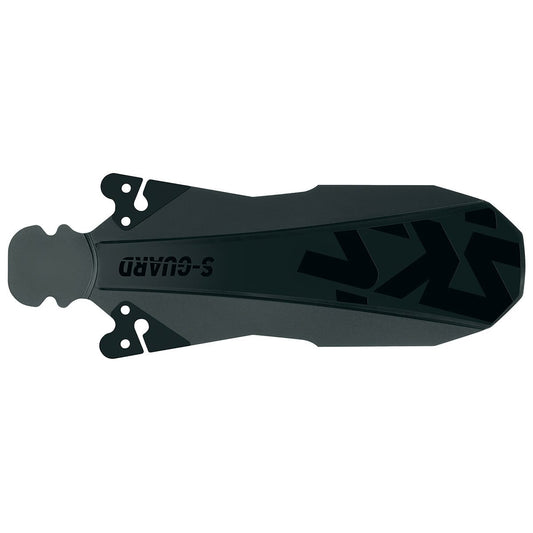
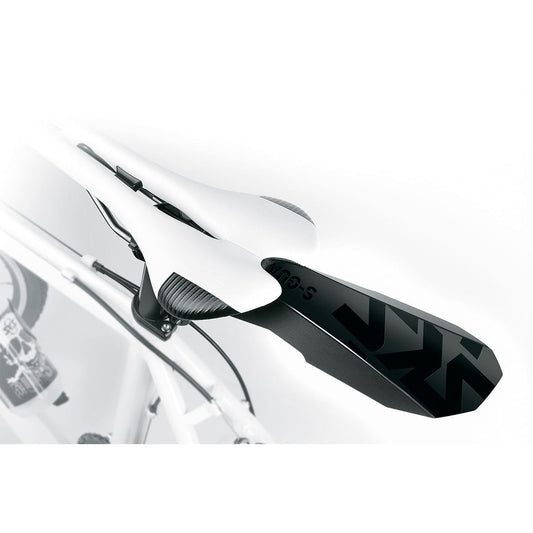
Rear mudguard SKS GERMANY S-GUARD SPLATTER
Regular price 9,99 €Regular priceUnit price per -
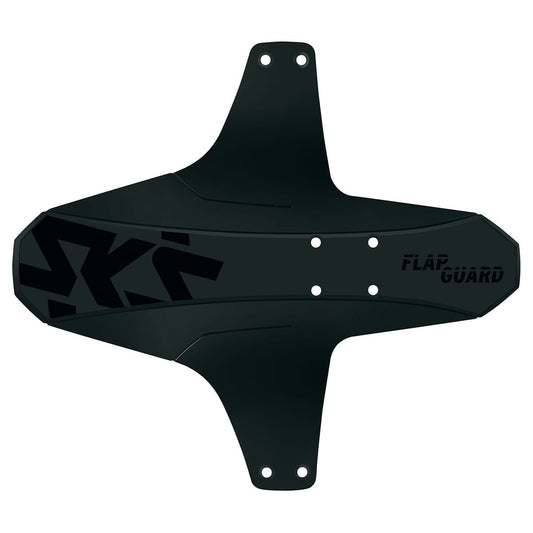
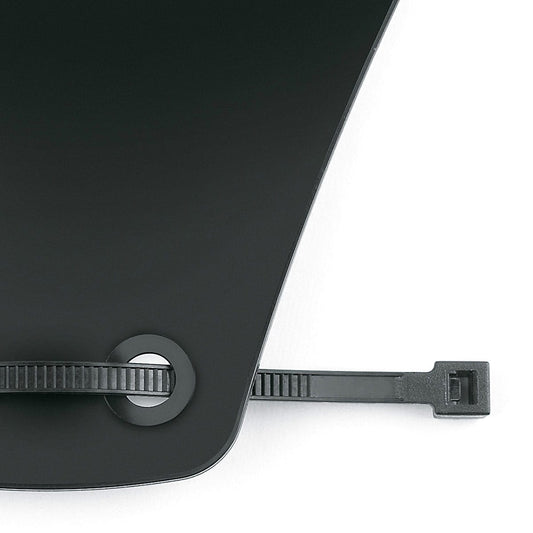
SKS GERMANY FLAPGUARD 26-29" front mudguard
Regular price 9,99 €Regular priceUnit price per -
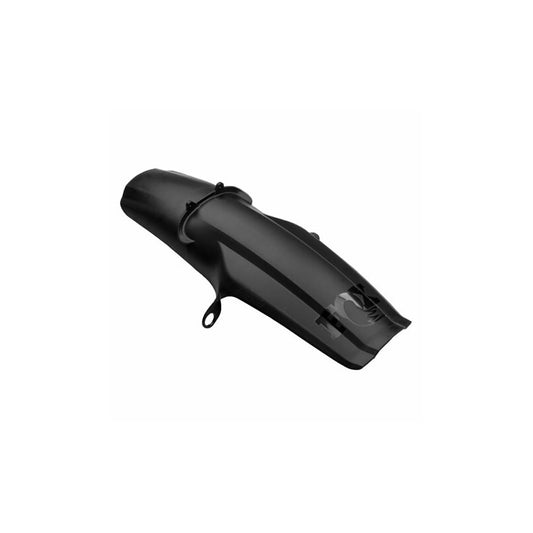

XL Mudguard for FOX RACING SHOX Forks 36/38 -2021
Regular price 44,99 €Regular priceUnit price per -
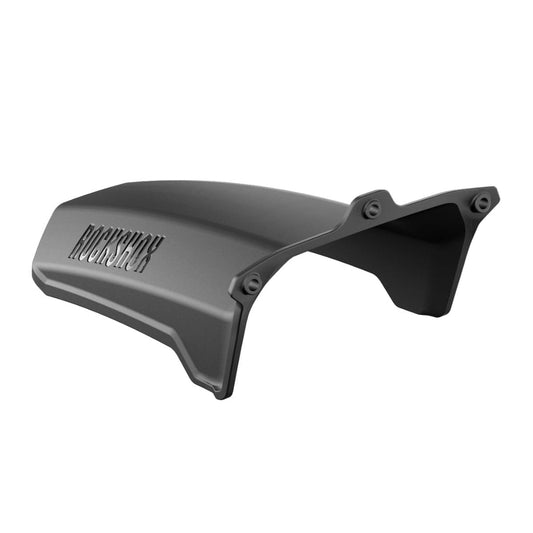
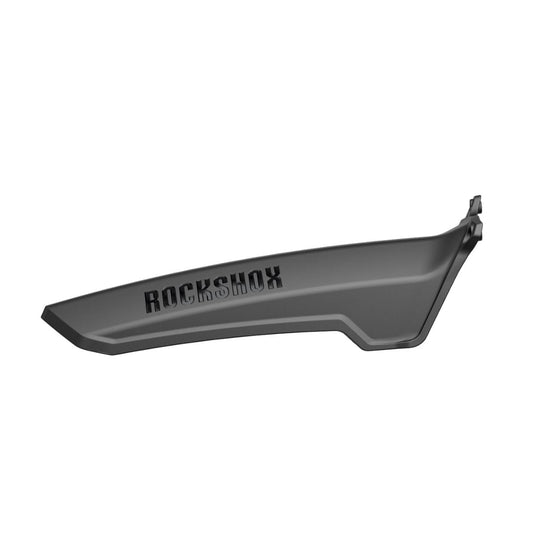
Mudguard for ROCKSHOX ZEB/DOMAIN B1+ Forks #00.4318.047.000
Regular price 19,99 €Regular priceUnit price per -
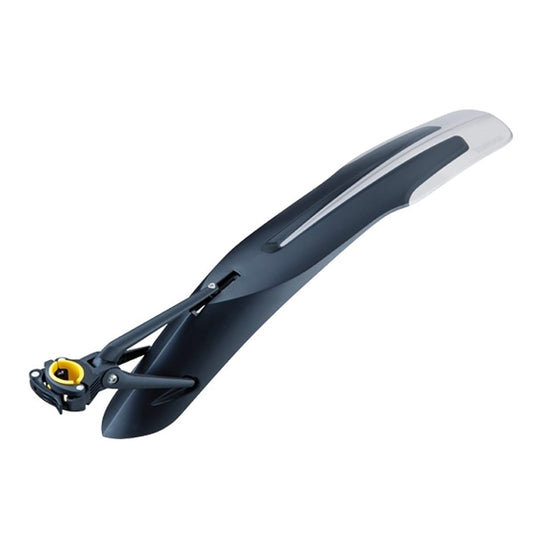
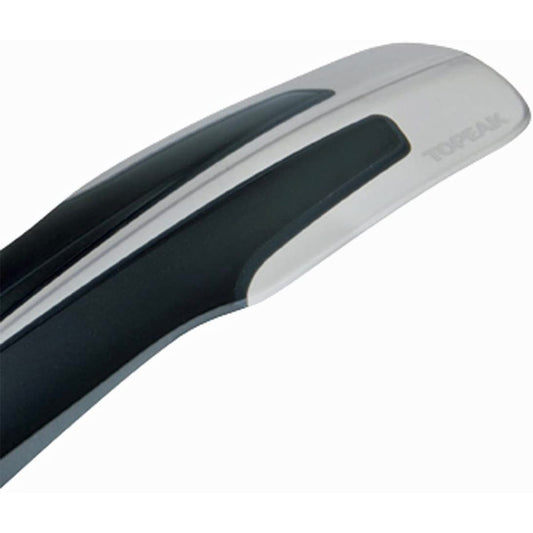
Rear mudguard TOPEAK DEFENDER XC11
Regular price From 24,99 €Regular priceUnit price per -
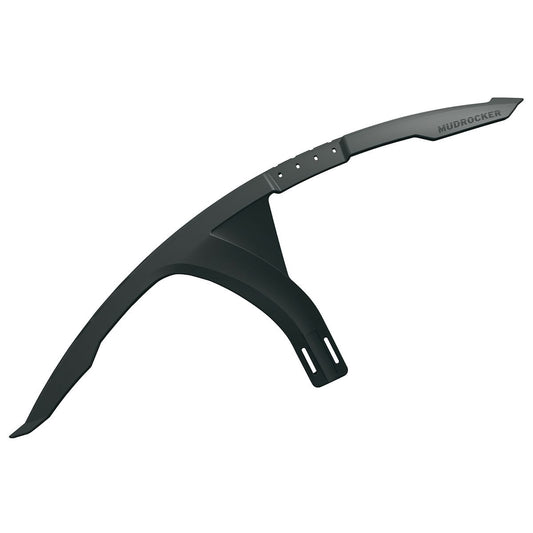
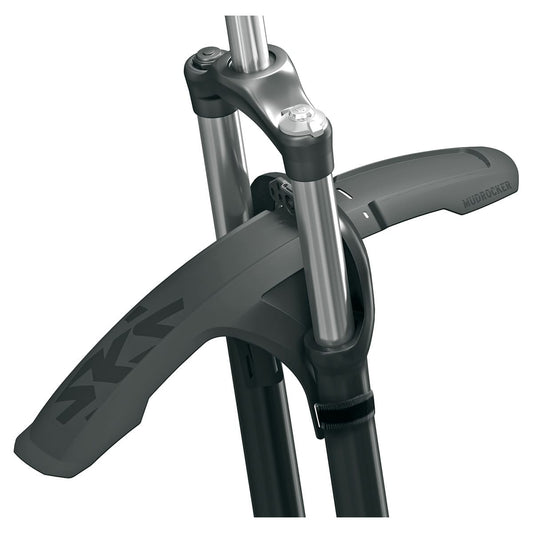
Front mudguard SKS GERMANY MUDROCKER
Regular price 29,99 €Regular priceUnit price per -
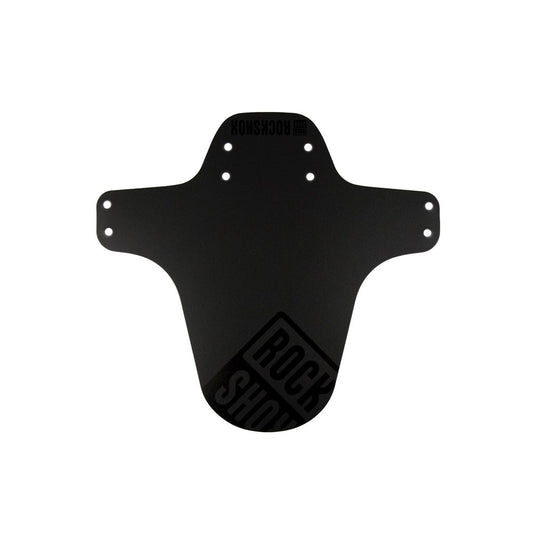
ROCKSHOX Mudguard Solid colors Black / Stealth
Regular price 11,99 €Regular priceUnit price per
